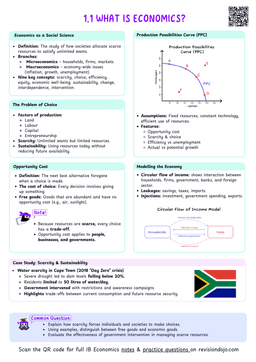Managed Exchange Rate
System where the exchange rate is mainly determined by market forces, but the central bank occasionally intervenes to keep it close to a desired level.
- The way a managed exchange rate system works is that the authorities aim to keep the exchange rate near its long-term equilibrium by:
- Buying or selling domestic currency and using foreign reserves.
- Central banks may also adjust interest rates to influence currency flows.
- The main reason for managing exchange rates is to prevent large fluctuations that could disrupt a country’s economic activity.
Pegging Exchange Rates
Pegging Currency
Pegging currency means the central bank sets and maintains the value of the domestic currency relative to another currency.
- A common way of managing exchange rates is by pegging a currency to another.
- In this system, the central bank keeps the domestic currency fixed at the chosen level by buying and selling foreign reserves
- If demand increases, the central bank sells domestic currency.
- If demand decreases, the central bank buys domestic currency.
As shown in the diagram:
- The euro is pegged to the USD.
- Initially, 1 euro = 2 USD.
- The central bank sets boundaries between 1 and 3.
- The currency is free to float within this range.


